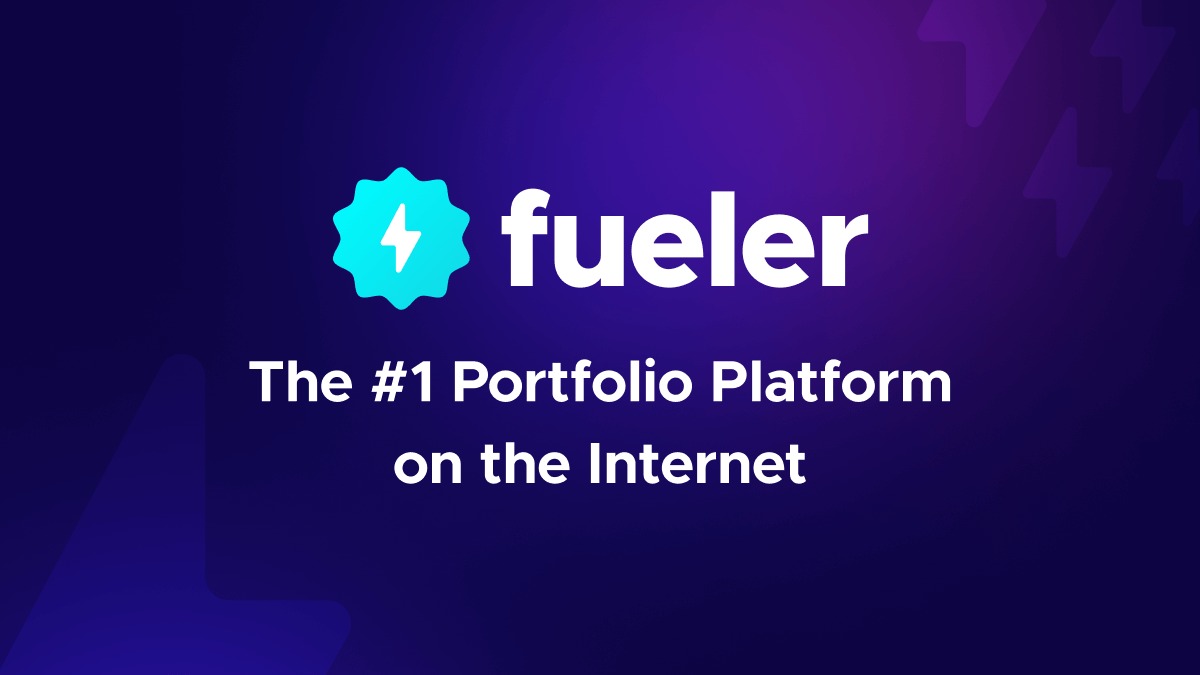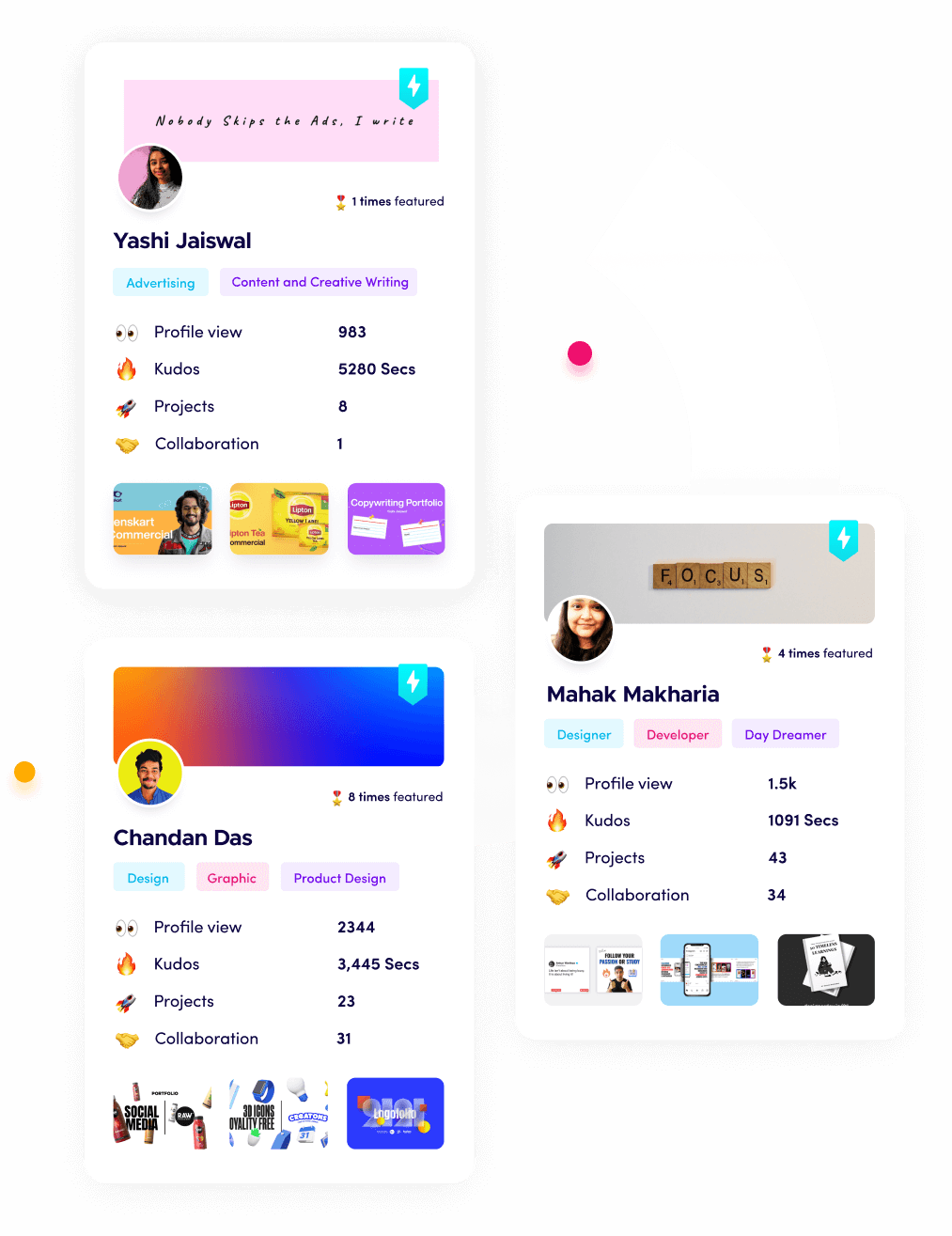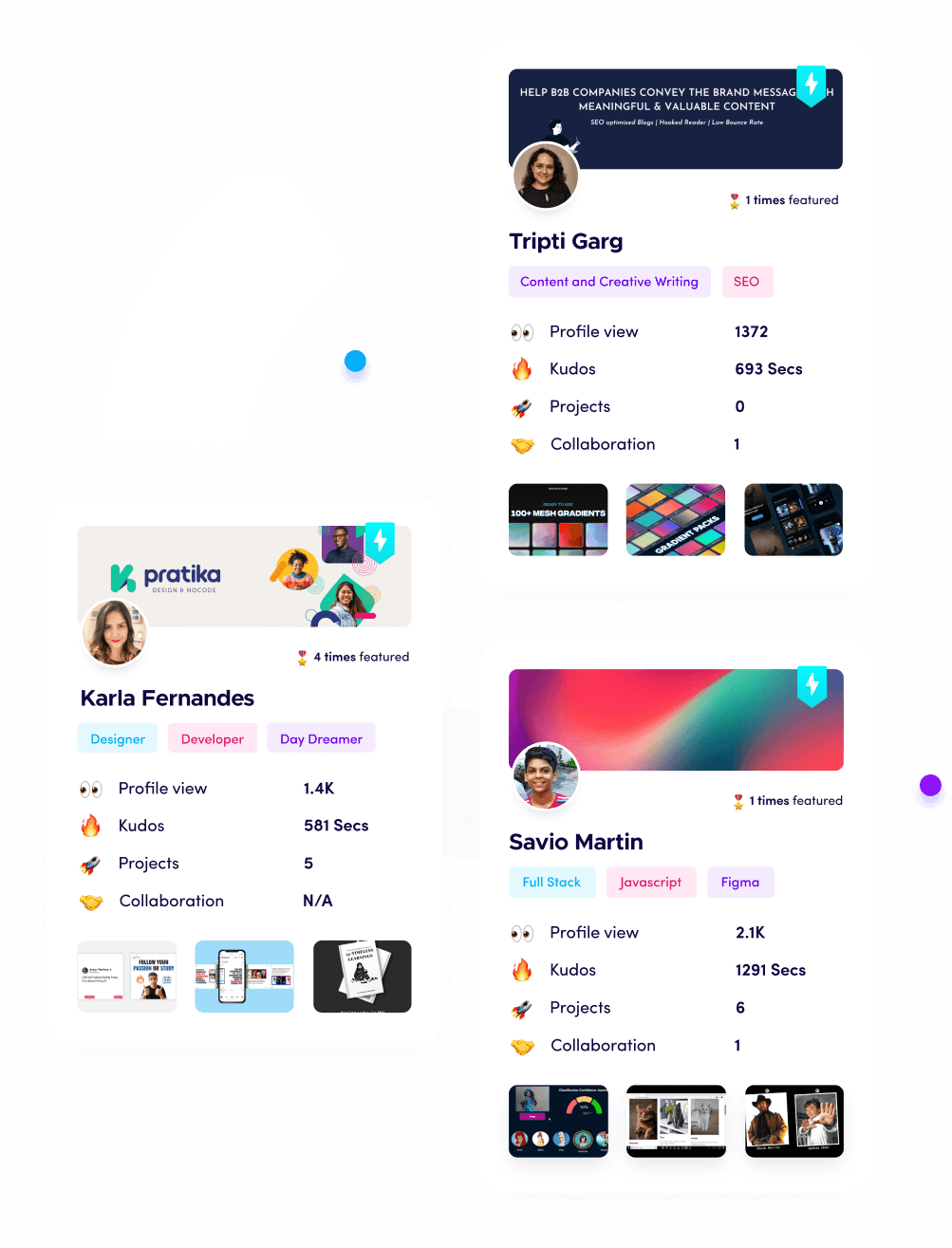Portfolio Guidelines for US Developers Without Degree

Riten Debnath
03 Jul, 2025

Are you a self-taught coder, bootcamp grad, or someone who learned programming outside a university? The US tech industry is more open than ever to hiring developers without a degree—if you can prove your skills. Your portfolio is your most important tool. It’s your proof of ability, your credibility, and your shortcut to trust with US employers.
I’m Riten, founder of Fueler—a platform that helps freelancers and professionals get hired through their work samples. In this article, I’ll walk you through the most effective portfolio guidelines for US developers without a degree. Beyond learning the right skills, the key is showing your work in a way that builds instant trust and demonstrates your value. Let’s dive into how you can stand out, even without a traditional background.
Build Projects That Solve Real Problems
A strong portfolio for US developers without a degree starts with real, impactful projects. Employers want to see that you can apply your skills to solve actual business problems, not just follow tutorials. Focus on projects that showcase your ability to create, innovate, and deliver results.
- Choose projects that address real-world needs (e.g., web apps, automation tools, open-source contributions)
- Document your process, challenges, and solutions clearly
- Include links to live demos and code repositories (GitHub, GitLab)
- Highlight any collaboration with others or community involvement
Why it matters for “Portfolio Guidelines for US Developers Without Degree”:
Demonstrating your ability to solve real problems shows US employers you’re ready for the job, regardless of your educational background. It proves you can deliver value from day one.
Showcase Personal Projects and Side Hustles
Personal projects and side hustles show initiative, creativity, and passion. These projects can be anything from a mobile app you built for fun to a freelance website for a local business.
- Feature 2–3 personal projects that you’re passionate about
- Explain your motivation and the problems you solved
- Share any user feedback, growth, or impact
- Include visuals and links to live versions
Why it matters for “Portfolio Guidelines for US Developers Without Degree”:
Personal projects highlight your drive and ability to work independently, which US employers value highly in non-traditional candidates.
Highlight In-Demand Technical Skills
The US tech industry in 2025 is hungry for developers with up-to-date, practical skills. Your portfolio should make these skills impossible to miss. Focus on what’s most sought after in the current job market.
- Showcase skills in AI, machine learning, cloud computing, cybersecurity, and full-stack development
- Use badges or certificates from recognized platforms (Coursera, Udemy, AWS, Google Cloud)
- List programming languages and frameworks you’re comfortable with (React, Node.js, Python, etc.)
- Demonstrate your ability to learn and adapt to new technologies quickly
Why it matters for “Portfolio Guidelines for US Developers Without Degree”:
Highlighting in-demand skills helps US tech employers see you as a valuable asset, even if you don’t have a degree. It aligns your abilities with what companies are actively seeking.
Quantify Your Impact and Results
Numbers speak louder than words in a developer’s portfolio. US hiring managers want to see measurable outcomes that prove your contributions. Quantifying your work sets you apart from other applicants.
- Use metrics like “reduced load time by 40%,” “increased user signups by 300%,” or “automated 10 hours of manual work per week”
- Include before-and-after comparisons for projects
- Share user feedback or testimonials related to your work
- Present data visually with charts or graphs when possible
Why it matters for “Portfolio Guidelines for US Developers Without Degree”:
Quantifying your impact helps US employers quickly understand the value you bring, making your portfolio more persuasive and memorable.
Include Assignment-Based and Open-Source Contributions
Assignment-based portfolios are gaining popularity because they show how you approach real tasks. Open-source contributions also demonstrate teamwork, initiative, and coding standards—all highly valued in the US tech market.
- Add completed assignments from platforms like Fueler that mimic real job challenges
- Link to open-source projects you’ve contributed to, with a summary of your role
- Describe the problems you solved and the tools you used
- Highlight any recognition or feedback from project maintainers
Why it matters for “Portfolio Guidelines for US Developers Without Degree”:
Assignment-based and open-source work demonstrates your practical skills and ability to collaborate, making you a stronger candidate in the eyes of US employers.
Optimize for Keywords and Recruiter Searches
US tech recruiters often search for candidates using specific keywords related to skills, tools, and project types. Optimizing your portfolio for these searches increases your visibility and chances of being contacted.
- Use high-intent keywords like “self-taught developer,” “remote software engineer,” “React developer US,” and “cloud computing portfolio”
- Write clear, descriptive project titles and summaries
- Update your portfolio regularly with new skills and technologies
- Include a skills matrix or tag cloud for quick scanning
Why it matters for “Portfolio Guidelines for US Developers Without Degree”:
Keyword optimization ensures your portfolio is discoverable by US recruiters and hiring managers, giving you more opportunities without a degree.
Make Contact and Collaboration Easy
Employers want to reach out to promising candidates quickly. Make it effortless for them to contact you or view your collaborative work.
- Display your email, LinkedIn, and GitHub links prominently
- Add a contact form for direct messages
- Respond quickly to inquiries and interview requests
- Include links to team projects or group hackathons
Why it matters for “Portfolio Guidelines for US Developers Without Degree”:
Easy contact and collaboration options help US employers connect with you faster, speeding up the hiring process and improving your chances.
Add a Section for Certifications and Learning
Certifications and ongoing learning show your commitment to growth and staying current in tech.
- List relevant certifications from AWS, Google Cloud, or Microsoft
- Include badges from online courses or bootcamps
- Mention ongoing learning, such as current courses or workshops
- Link to digital certificates when possible
Why it matters for “Portfolio Guidelines for US Developers Without Degree”:
Certifications add credibility and help US employers trust your self-taught background.
Share Testimonials and Social Proof
Testimonials from clients, employers, or open-source maintainers build trust and credibility.
- Add 2–3 short testimonials or LinkedIn recommendations
- Highlight feedback related to teamwork, problem-solving, or reliability
- Place testimonials near relevant projects
- Include endorsements from US-based collaborators if possible
Why it matters for “Portfolio Guidelines for US Developers Without Degree”:
Social proof reassures US employers that others value your work, making you a safer hiring choice.
Keep Your Portfolio Updated
An up-to-date portfolio signals that you’re active and committed to your career.
- Add new projects, skills, and testimonials regularly
- Refresh your design every few months
- Remove outdated or irrelevant work
- Set reminders to review and update your portfolio
Why it matters for “Portfolio Guidelines for US Developers Without Degree”:
A fresh portfolio shows US employers you’re engaged and ready for new opportunities.
Add a Personal Statement or Career Summary
A brief personal statement or career summary at the top of your portfolio helps employers quickly understand your story and goals.
- Write a 2–3 sentence summary of your background and ambitions
- Mention your passion for coding and learning
- Include your target roles or industries
- Use a friendly, professional tone
Why it matters for “Portfolio Guidelines for US Developers Without Degree”:
A personal statement gives US employers context for your journey and helps them connect with your story.
How Fueler Empowers Developers Without Degrees
Fueler is designed to help self-taught and non-traditional developers build portfolios that US companies love. By focusing on assignment-based work and real-world results, Fueler lets you showcase your skills in the most credible way possible.
- Assignment-based portfolio creation for real skill demonstration
- Easy integration with GitHub and other code repositories
- Templates tailored for US tech job requirements
- Built-in tools for collecting feedback and testimonials
Why it matters for “Portfolio Guidelines for US Developers Without Degree”:
Fueler gives you a strategic advantage by letting you prove your skills through assignments, helping you compete with degree-holders for top US tech jobs.
Final Thought
Breaking into the US tech industry without a degree is absolutely possible in 2025. By building a portfolio that highlights your real-world projects, in-demand skills, and measurable results, you can earn the trust of US employers. Focus on clarity, credibility, and continuous improvement—and let your work speak louder than your resume.
FAQs
1. How can I get a tech job in the US without a degree?
Build a strong portfolio with real projects, highlight in-demand skills, and use assignment-based samples to prove your abilities.
2. What skills should I showcase in my developer portfolio for US jobs?
Focus on AI, cloud computing, cybersecurity, full-stack development, and the latest frameworks like React and Node.js.
3. How do I make my portfolio stand out to US tech employers?
Quantify your results, include open-source and assignment-based work, and optimize for recruiter keywords.
4. Are certifications important for US developer portfolios without a degree?
Yes, certifications from platforms like AWS, Google Cloud, or Coursera add credibility and demonstrate your commitment to learning.
5. What platforms are best for building a developer portfolio for US jobs?
Fueler, GitHub Pages, Notion, and WordPress are all great options, but Fueler is designed specifically for assignment-based, skills-first portfolios.
What is Fueler Portfolio?
Fueler is a career portfolio platform that helps companies find the best talents for their organization based on their proof of work.
You can create your portfolio on Fueler, thousands of freelancers around the world use Fueler to create their professional-looking portfolios and become financially independent. Discover inspiration for your portfolio
Sign up for free on Fueler or get in touch to learn more.


